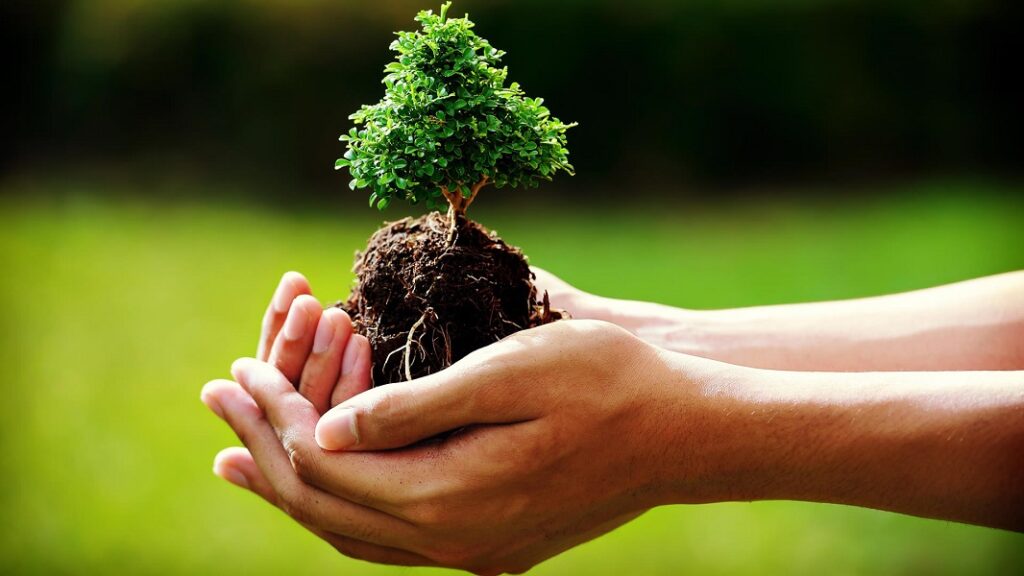Stepover apple trees are trained to grow in a horizontal ‘stepover’ form and are not only a testament to the art of traditional gardening but also a source of delicious fruits and aesthetic appeal. For those looking to embrace this gardening gem, understanding the nuances of sourcing and caring for stepover apple trees is essential.
Understanding Stepover Apple Trees
Before delving into the intricacies of care and sourcing, it’s essential to grasp what makes stepover apple trees unique. Essentially, these are dwarf apple trees that have been trained to grow along a single horizontal line, usually not more than two feet off the ground. This training method allows for easy harvesting and is a perfect fit for small gardens, borders, or pathways, adding a structured yet natural beauty to any space.
Sourcing Your Stepover Apple Trees
Sourcing is the first step in growing stepover apple trees, so deciding to buy stepover apple trees begins with choosing the suitable variety, selecting the nursery and more. In Britain, the climate and soil are conducive to apple cultivation, making it possible to grow a wide variety of apple trees. However, not all apple varieties are suited to being trained as stepovers. Therefore, selecting the right variety is paramount.
- Choose Suitable Varieties: Opt for dwarf or semi-dwarf varieties that are known for their robust growth and suitability for training. Popular choices include ‘Cox’s Orange Pippin’, ‘James Grieve’, and ‘Egremont Russet’, among others. These varieties offer a good balance of flavour, growth habit, and disease resistance.
- Select Reputable Nurseries: Source your trees from reputable nurseries specializing in fruit trees or historic and heritage varieties. These nurseries can provide grafted trees on appropriate rootstocks, ensuring your stepover apple trees have the best start. Look for nurseries with a proven track record and possibly those that offer advice and support on training young trees.
- Consider Rootstocks: The rootstock of an apple tree determines its ultimate size and vigor. For stepover trees, dwarfing rootstocks like M27 or M9 are ideal, as they limit the tree’s size while promoting fruit production. Ensure the nursery provides clear information about the rootstock to make an informed decision.
Caring for Your Stepover Apple Trees
Once you have sourced your stepover apple trees, the journey of care and cultivation begins. While these trees are a beautiful addition to any garden, they do require attention to thrive and produce a bountiful harvest.
- Planting: Choose a sunny, well-drained spot in your garden. Stepover apple trees flourish in sunlight, which is crucial for fruit development. Prepare the soil by incorporating organic matter to improve fertility and drainage. Planting should be done during the dormant season, typically between late autumn and early spring.
- Training and Pruning: The essence of stepover apple trees lies in their training. Initially, young trees should be tied to a horizontal support, such as a low wire or fence, encouraging them to grow in the desired direction. Pruning is essential to shape the tree and encourage fruiting spurs. In the summer, prune back new growth to a few leaves to promote side shoots, where fruits will form.
- Feeding and Watering: Regular feeding with a balanced fruit tree fertilizer will support healthy growth and fruit production. Watering is particularly important during dry spells and in the first few years as the tree establishes its root system. Mulching with organic material can help retain moisture and suppress weeds.
Advanced Care Techniques
As your stepover apple trees mature, their care evolves. Advanced pruning techniques become critical as the trees age. Winter pruning should focus on maintaining the horizontal structure and encouraging the development of fruiting spurs—short, stubby branches where flowers and fruit form. Remove any vertical growth that competes with the main horizontal stem, and thin out overcrowded spurs to promote better air circulation and fruit quality.
Summer pruning, typically around late July or early August, involves shortening the current year’s growth on lateral branches. This helps to concentrate the tree’s energy into fruit production rather than excessive vegetative growth. Remember, the goal is to create a balance between growth and fruiting.
Pest and Disease Management
Every kind of apple tree is vulnerable to the same diseases and pests, and stepover apple trees are no exception. Key pests include aphids, codling moth, and apple scab. A proactive approach to management includes regular inspections, encouraging natural predators, and practicing good garden hygiene by removing fallen leaves and fruit which can harbor pests and disease.
For aphids, encouraging beneficial insects such as ladybirds or applying a soft soap solution can be effective. Codling moth, responsible for wormy apples, may be managed through pheromone traps. Apple scab, a fungal disease causing dark, scabby patches on leaves and fruit, can be minimized by choosing resistant varieties and ensuring good air circulation around the trees.
It’s crucial to avoid the overuse of chemical treatments, especially in the home garden, to protect beneficial insects and the environment. Often, cultural practices and biological controls can effectively manage pest and disease pressures.
Seasonal Maintenance
Understanding and respecting the seasonal cycles of your stepover apple trees is fundamental to their success. In spring, as buds begin to swell and bloom, ensuring adequate water and nutrition supports healthy growth and fruit set. This is also the time to apply mulch and consider thinning excess blossoms if the tree is overly prolific, to promote larger, healthier fruits.
Summer focuses on pruning, pest and disease management, and watering, especially during dry spells. This is also an excellent time to start planning for the next year, considering any adjustments in training or support structures.
Autumn is the harvest season, a time of reward and celebration. After harvesting, it’s beneficial to give the trees a post-season feed and prepare them for winter. Clear any debris and fallen fruit to reduce disease risks.
Winter is the time for structural pruning and planning. While the trees are dormant, assess their form and make any significant cuts needed to maintain or improve their shape. This is also the ideal time to plant new stepover apple trees, as the cool, dormant period gives them a chance to establish roots before spring’s surge of growth.
Wrapping Up
The cultivation of stepover apple trees merges the aesthetic with the practical, offering not only the joy of homegrown fruit but also the satisfaction of shaping the living landscape. Understanding the detailed care requirements, from sourcing and initial planting to advanced pruning techniques and seasonal maintenance allows gardeners to ensure their stepover apple trees thrive for years to come.




More Stories
Customised tableware for events and festivals
From Eyewear to Dresses: Hueful Art Drops the Ultimate Fashion Statement
Current Newcastle chants